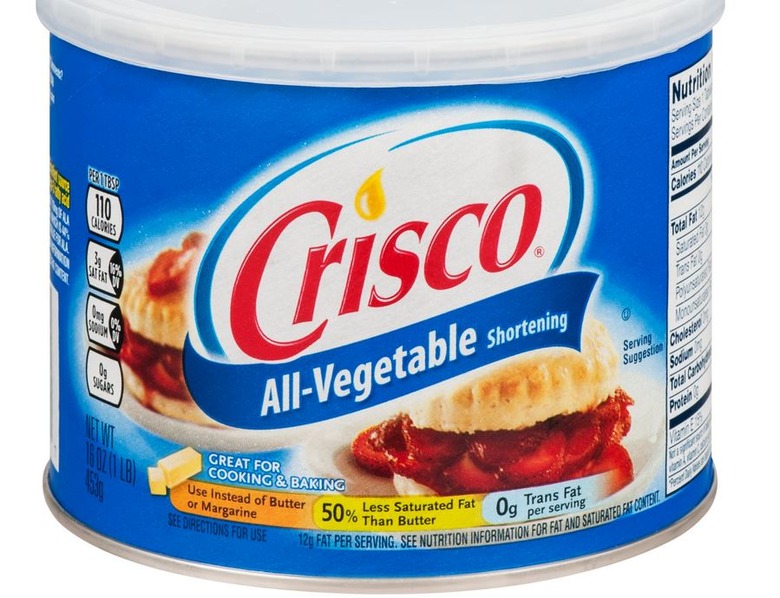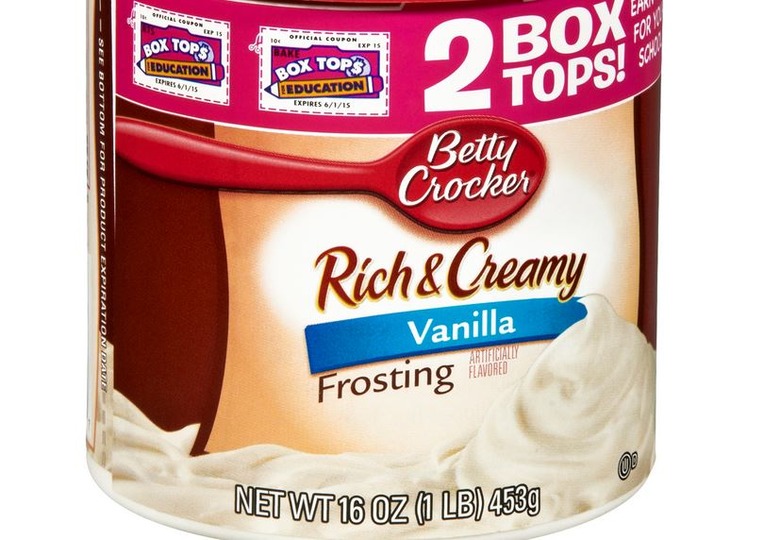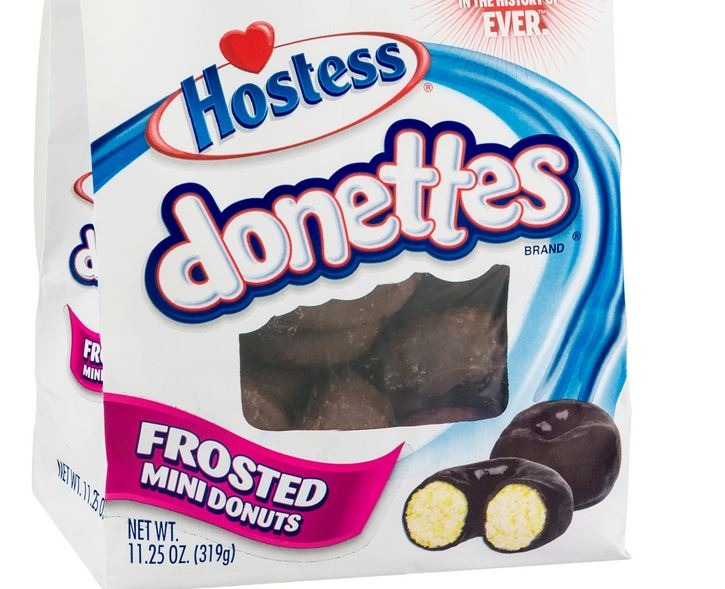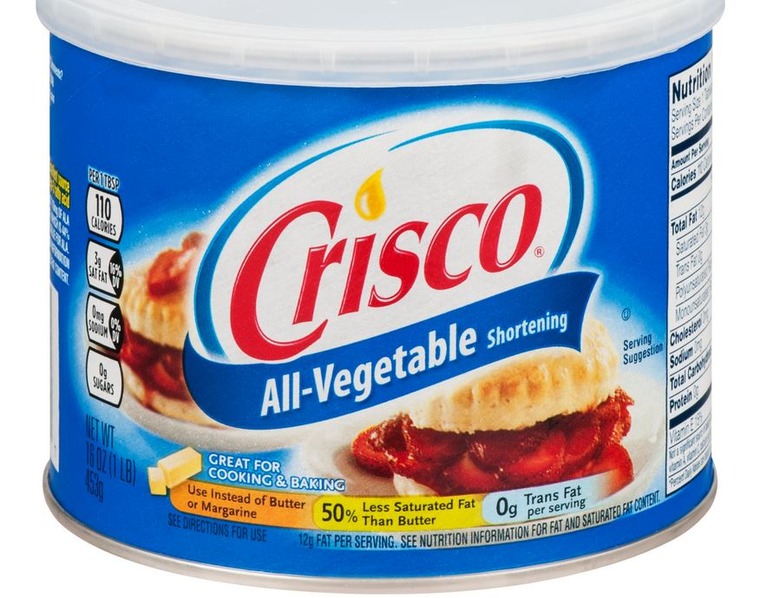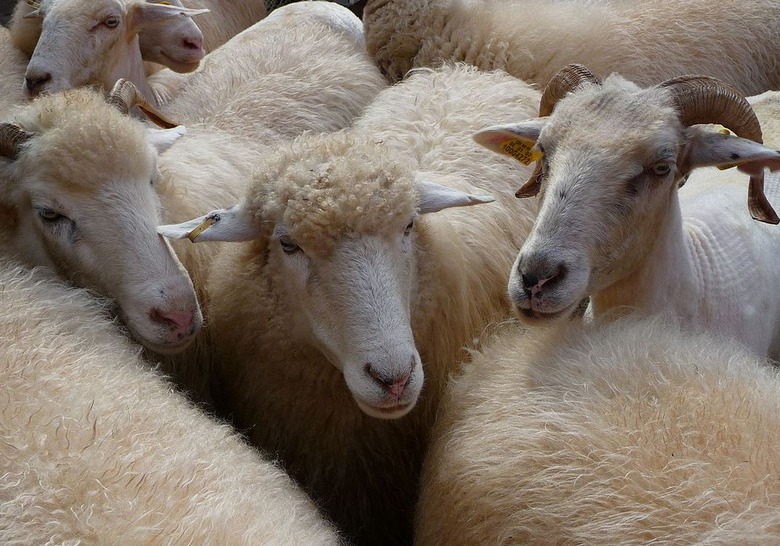5 Things You Didn't Know About Trans Fats
The Food and Drug Administration recently announced that they've decided to no longer classify trans fats in their "generally recognized as safe" category, requiring food companies to phase them out over the next three years because they've been officially recognized as a threat to public health. But what exactly are trans fats, anyway?
They Raise Bad Cholesterol and Lower Good Cholesterol
Trans fats don't just increase your body's level of "bad cholesterol" (LDL), they actually lower the level of "good cholesterol" (HDL) in your body. This can lead to heart disease.
They’ve Already Been Largely Phased Out
Between 2003 and 2012, many companies began phasing trans fats out of their products, and consumption decreased by 78 percent.
They Can Hide in Food
Since 2006, the FDA has required all nutrition labels to disclose trans fats, but these don't give the whole picture. The label is only required to list trans fats as an ingredient if there's more than half a gram, so the only real way to know if a food product contains trans fats is to look at the ingredient list and see if it contains any partially hydrogenated oils.
Crisco Has Been Reformulated to Contain Very Little Trans Fats
Shortening was traditionally very high in trans fats, but by 2007, Smucker (Crisco's parent company) was able to reformulate their product to contain less than one gram of trans fat per serving and to contain less saturated fat than butter.
A Small Amount Is Produced Naturally by Cows and Sheep
A very small amount of trans fat is naturally occurring in the meat and milk of ruminants including cows and sheep — about two to five percent of all fat. The vast, vast majority of all trans fats consumed today is produced by the processed food industry, however.
